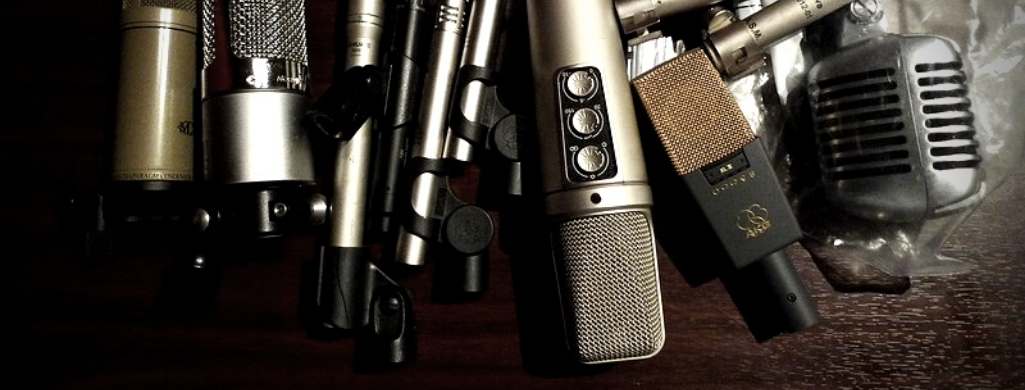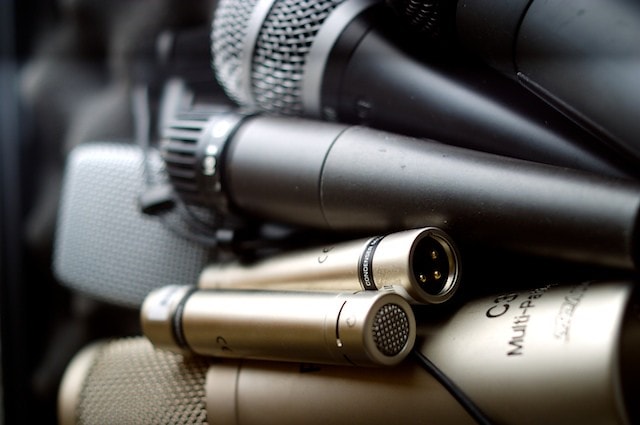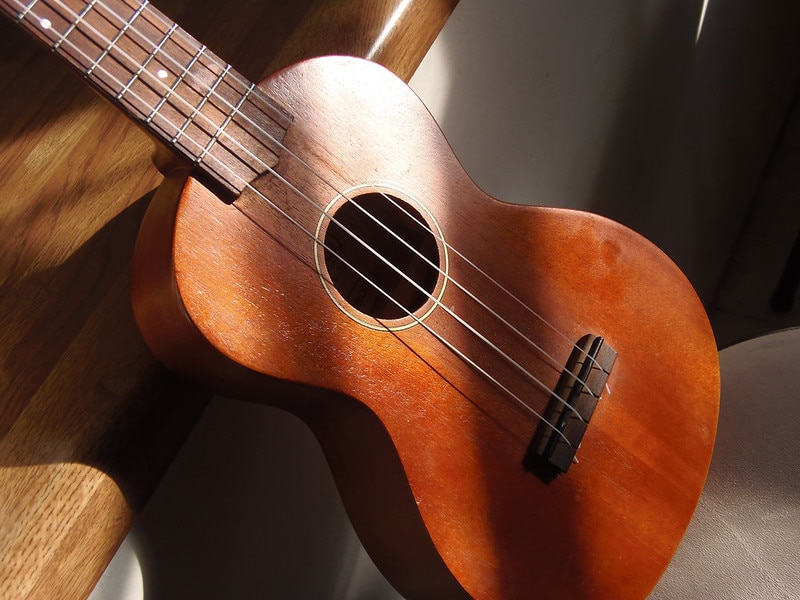
Best Headphones for Mixing and Mastering
April 11, 2022
How to use MIDI: A Complete Guide for FL Studio, Logic and Ableton Live Users
April 24, 2022
When it comes to large vs small diaphragm condensers, there are a few key differences that set them apart from one another. Large diaphragm condensers are typically more powerful and have a wider frequency response, while small diaphragm condensers are typically more accurate and versatile.
So which one is right for you? Keep reading and you will find out.
What is a large diaphragm mic used for?

A large diaphragm mic is used for capturing sound in a more natural way. They are often used in studios for recording vocals and acoustic instruments. Large diaphragm mics tend to have a flat frequency response, which means they capture a wider range of sounds. They also tend to be more sensitive than small diaphragm mics, making them a good choice for capturing softer sounds.
What is a small diaphragm mic used for?

Small diaphragm mics are often used in live settings to capture sound from a distance. They are also commonly used for recording instruments like drums and percussion.
Small diaphragm mics tend to have a more focused frequency response, which means they capture sound in a more specific way. They are also less sensitive than large diaphragm mics, making them a good choice for capturing louder sounds.
What is the difference between large and small diaphragm condenser?
There are several key differences between large and small diaphragm condensers:
Large diaphragm mics are often used in studios for recording vocals and acoustic instruments, while small diaphragm mics are commonly used for live settings and recording drums and percussion.
Large diaphragm mics have a flat frequency response, which means they capture a wider range of sounds. They are also more sensitive than small diaphragm mics.
Small diaphragm mics have a more focused frequency response, which means they capture sound in a more specific way. They are also less sensitive than large diaphragm mics. The power input is also different between large and small diaphragm condensers. Large diaphragm mics require more power, while small diaphragm mics require less power.

Finally, large and small diaphragm condensers also have different features available. Large diaphragm mics often have better noise cancellation than small diaphragm mics. They also tend to have a longer cable, making them more versatile for use in a wider range of settings.
What are the relative benefits of large versus a small diaphragm mic?
When it comes to large versus small diaphragm condensers, there are a few key things to consider. Large diaphragm condensers typically have a higher power input, making them better suited for use in louder environments.
They also have a wider frequency response, meaning they can capture a wider range of sounds. Small diaphragm condensers, on the other hand, are often better at capturing nuanced details, making them ideal for recording vocals or acoustic instruments.
Additionally, they typically have a higher signal-to-noise ratio, meaning they produce less noise interference. So, which is right for you? It depends on your needs and preferences.
If you’re looking for a mic that can handle loud environments and deliver broad sound coverage, large diaphragm condensers are a good choice. If you’re after superior detail and clarity, go for a small diaphragm condenser.
No matter what you choose, you can be sure that both large and small diaphragm condensers have the potential to deliver great results.

Large vs Small Diaphragm Condenser, Which type is right for me?
The type of diaphragm condenser that is right for you depends on your needs and preferences. If you are looking for a powerful mic that can handle high sound pressure levels, then a large diaphragm condenser is the right choice for you.
They are also great for recording vocals and acoustic instruments. Small diaphragm condensers are ideal for capturing details and nuances, making them perfect for recording instruments such as percussion and strings. They can also be used for recording vocals, but they may not be as powerful as large diaphragm condensers.
So, which type of diaphragm condenser is right for you? If you are looking for a versatile mic that can handle a variety of applications, then a large diaphragm condenser is the way to go. If you are looking for a mic that is specifically designed for capturing the details of an instrument, then a small diaphragm condenser is the better choice.
Conclusion
So, what’s the verdict? Which one should you buy for your studio? The large diaphragm condenser is probably the best option for most people. It has a wide frequency response and can handle high sound pressure levels, making it perfect for recording vocals and instruments.
Plus, it comes with a variety of features that are great for both home and professional studios. If you’re looking for something a bit more portable, the small diaphragm condenser might be a better option.
It’s smaller and lighter than the large diaphragm condenser, making it perfect for taking with you on the go. It also has a narrower frequency response, which makes it better suited for recording precision instruments like acoustic guitars and strings.




